How much do we really cook!! Seriously!!! There is the breakfast, the lunch-boxes for school’s short and long break , the after school meal and the dinner; as a mother these were the meals that had to be taken care-of for my twins. And when the kids are small it becomes a lot more stressful. During the time I spent raising my twins in India the school lunch box had to be packed by 6.30 AM as we left for school maximum by 7 AM. Hence the mornings were always harried and stressed and the lunchbox meal was something similar too. As one had to take into consideration the extreme heat of Ahmedabad and the possibility of packed food running stale by lunch time. It was mandatory to pack Roti-Subzi because that is what the school insisted and the lunch monitors made sure the rules were followed 🙂 So the after school meal had to be something of their choice and at the same -time filling and nourishing wraps, rolls, chaats, pulao and likes were reserved for the small meal that they had after school and the tradition has continued all these years. But the amount of time spent cooking for school lunch has reduced considerably, nonetheless I still spend lot of time in the kitchen because there is lot of cooking I do for this space 🙂
This tradition has also required me to experiment with lot of flat breads that I serve rolled with pulses or cheese or veggies or as bake them as chips for various dips and condiments. Recently, my quest brought me to this flat bread called Piadina from the Italian region of Romagna. It may look like a thinner version of Naan but comes out to be a little firm and crisp yet soft to bite into. Traditionally the Piadina dough is kneaded using lard and is cook on a terracotta skillet. And the terracotta skillet is what intrigued me into giving this bread a try. Because anything cooked of clay ought to be good!! Hence I replaced the terracotta skilled with our traditional clay skillet called ‘kaleri’ that is used to slow cook the thick flat breads like Bhakhri and Rotla and the lard was substituted with olive oil. The result was soft yet crispy flat bread that was ideal to turn into a quick pizza base or rolled into a wrap. I have opted to fill it up with a tandoori paneer filling and turn it into a pizza using home-made pizza sauce and some feta cheese. It sure made an excellent after-school snack.
The inherent skill that we have with rolling flatbreads does not make it challenging for us in experimenting and creating such quick meals, all that is required is the willingness to experiment with food and try varied tastes.
I have adapted the recipe fromhere
Piadina – a versatile Italian flatbread..
Makes 5-6 flat breads
Ingredients
- 3 cups all purpose flour (maida)
- 3 tablespoons olive oil
- 1.5 teaspoons baking powder
- salt to taste
- 3/4 to 1 cup tepid water ( you may use half water-half milk)
Method
- In a large mixing bowl or parat combine the flour, salt, baking powder and oil. Using your hands massage the oil well in the flour.
- Now gradually start adding the liquid and begin kneading the dough. We are looking for a soft but not shaggy dough, very similar to the one we would knead for Paratha. Keeping the dough soft would ensure softer Piadina.
- Once the flour is kneaded to a dough, continue kneading the dough for 10 minutes or until soft and not sticky.
- Cover the dough with a cloth or lid and allow it to rest for 1 hour.
- After an hour divid the dough in smaller balls (depending on the bread size you desire ) and shape them well. Arrange the dough balls on a plate, cover with damp cloth and let it rest for 30 minutes.
- After the dough has rested well ( which is important cause other wise the dough tends to pull back while rolling) begin rolling the breads.
- But before you begin to roll, pre-heat the iron skillet or clay skillet on a very medium flame.
- Once the skillet it warm enough begin cooking the Pidina breads on very gentle flame. It is important to cook them on slow heat so that you have a beautiful crust and the interior is cooked well as well.
- Finish rolling and cooking all the breads, once done cover them in a kitchen towel so that they do not dry away.
- Use the breads to create wraps, rolls, pizzas or half-moon like sandwiches with fillings you desire.
- I had kept the fillings ready and began making rolls simultaneously, that was I wasn’t required to reheat the breads. But it tastes equally good if you would want to warm up the breads a bit when yo are ready to use them.

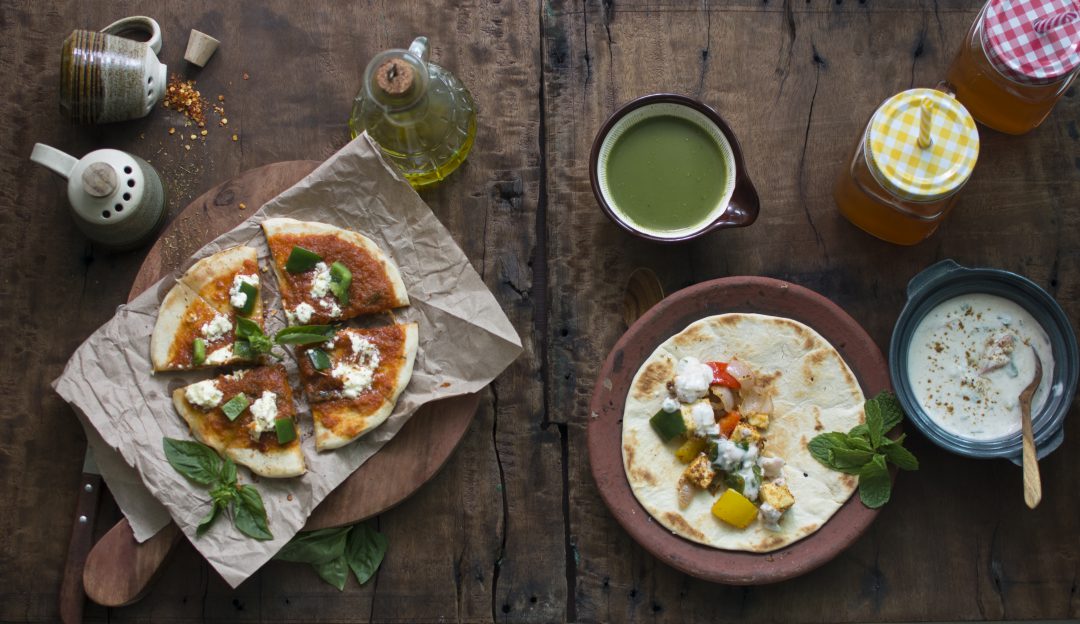

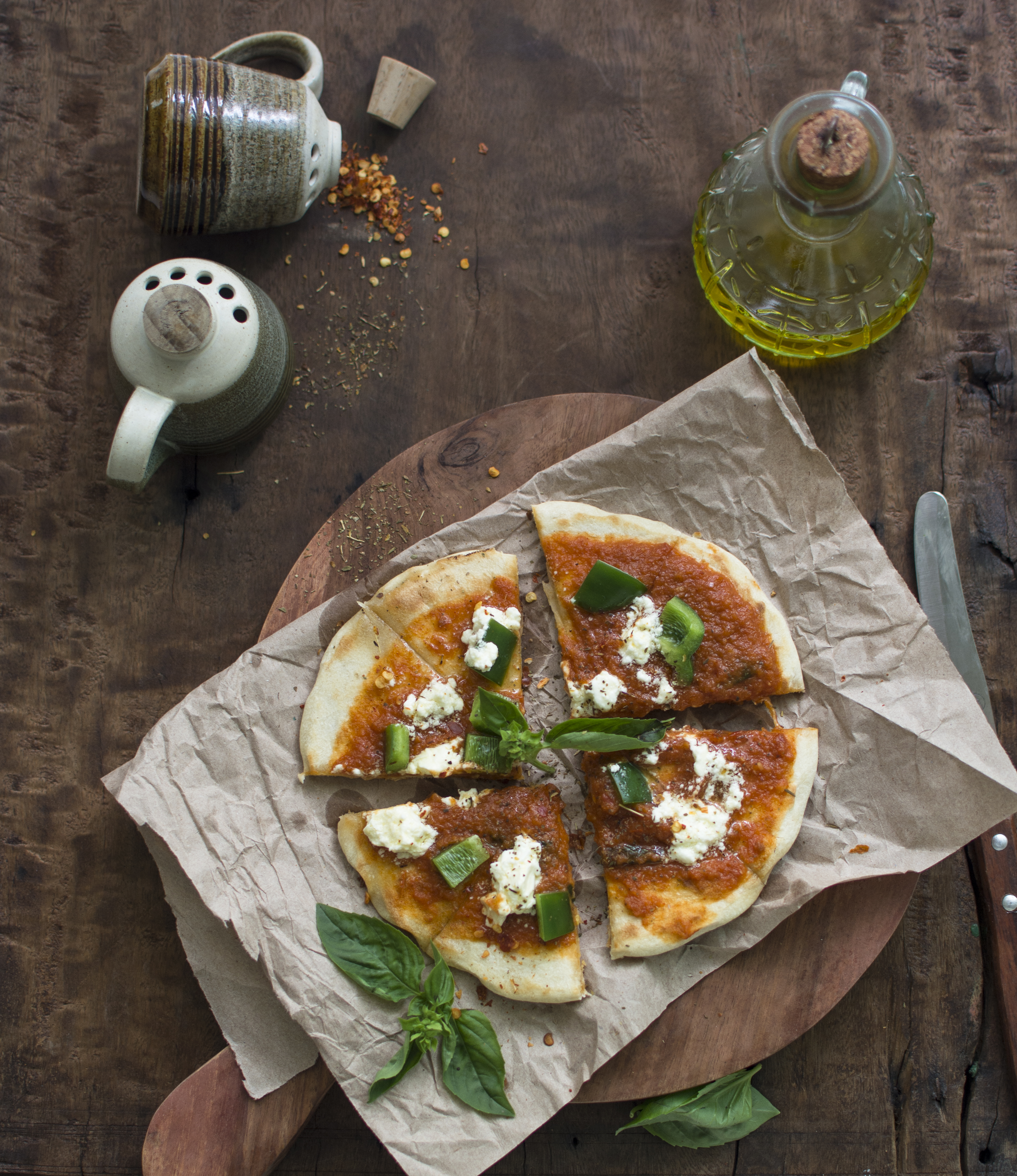
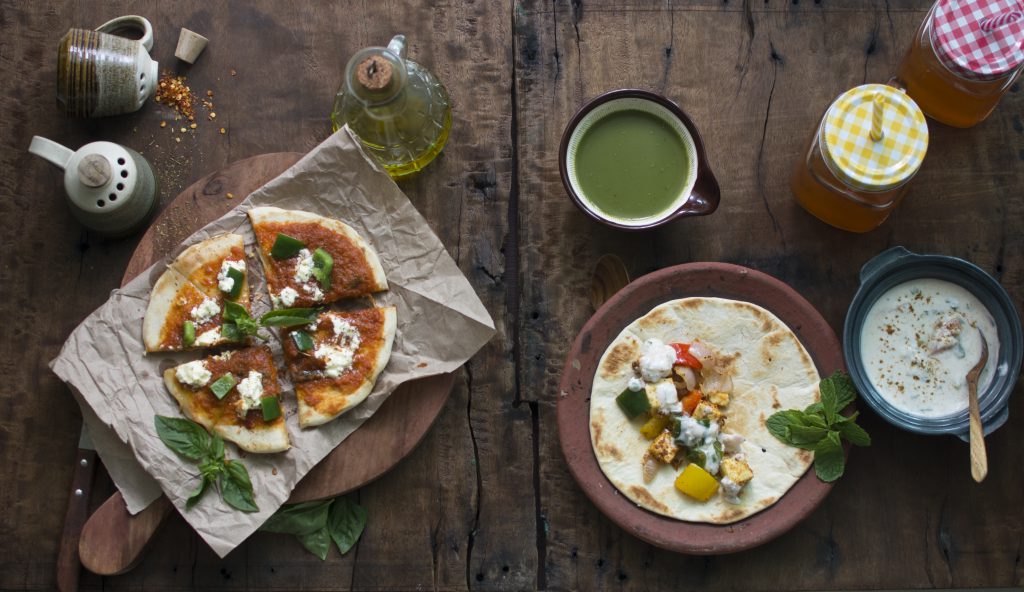
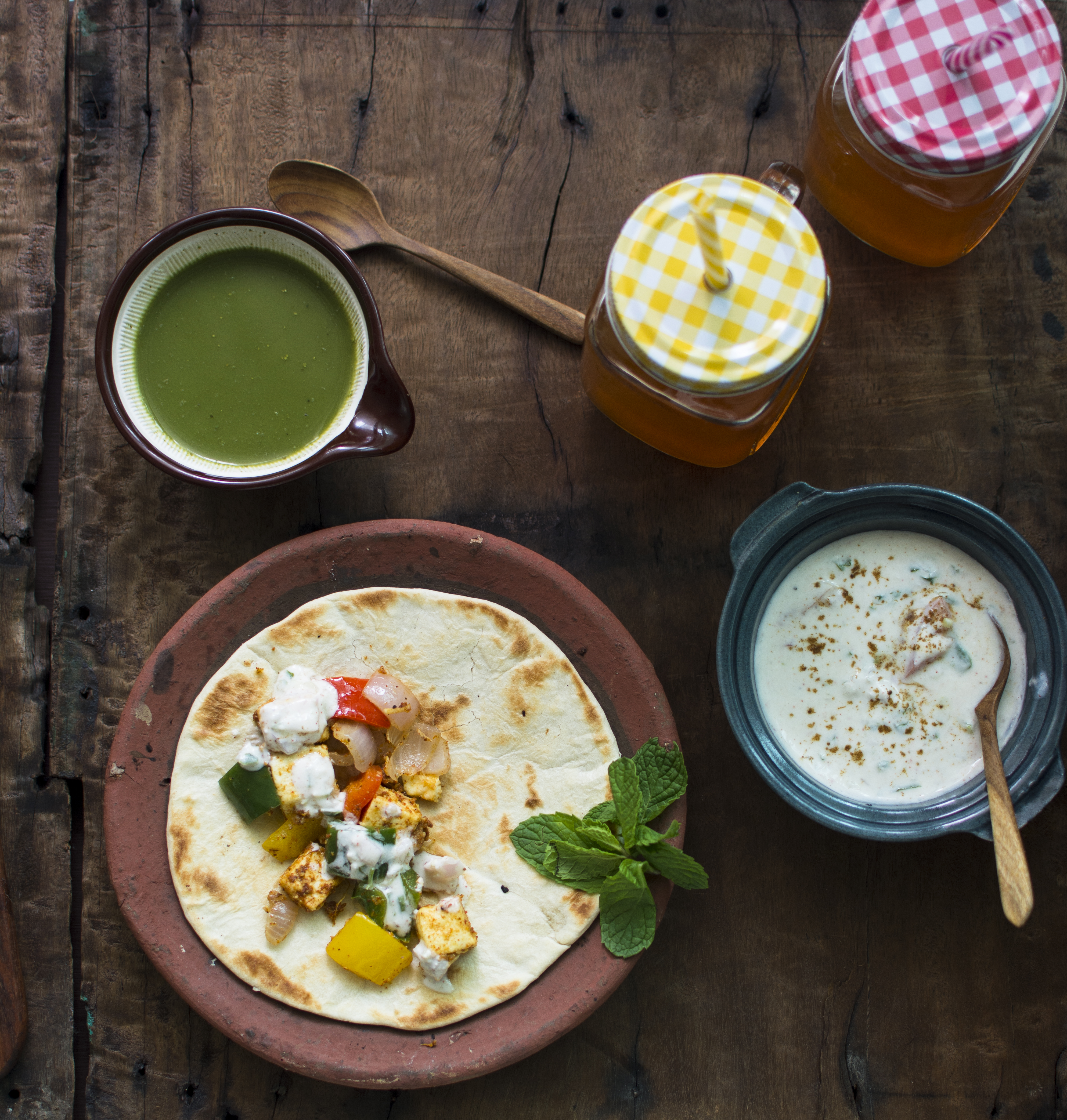

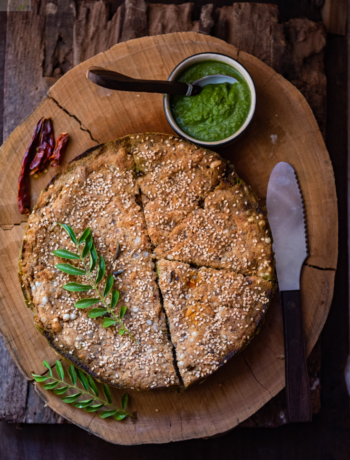
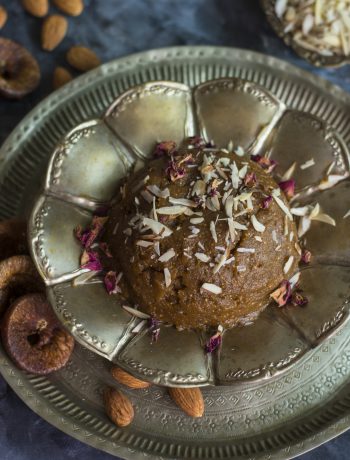
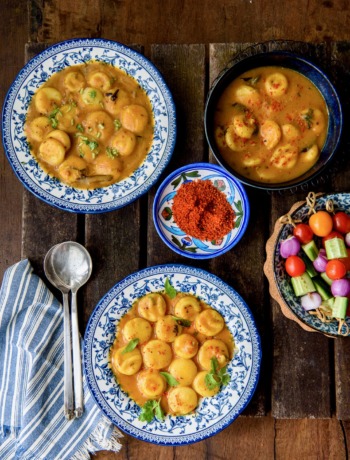
No Comments